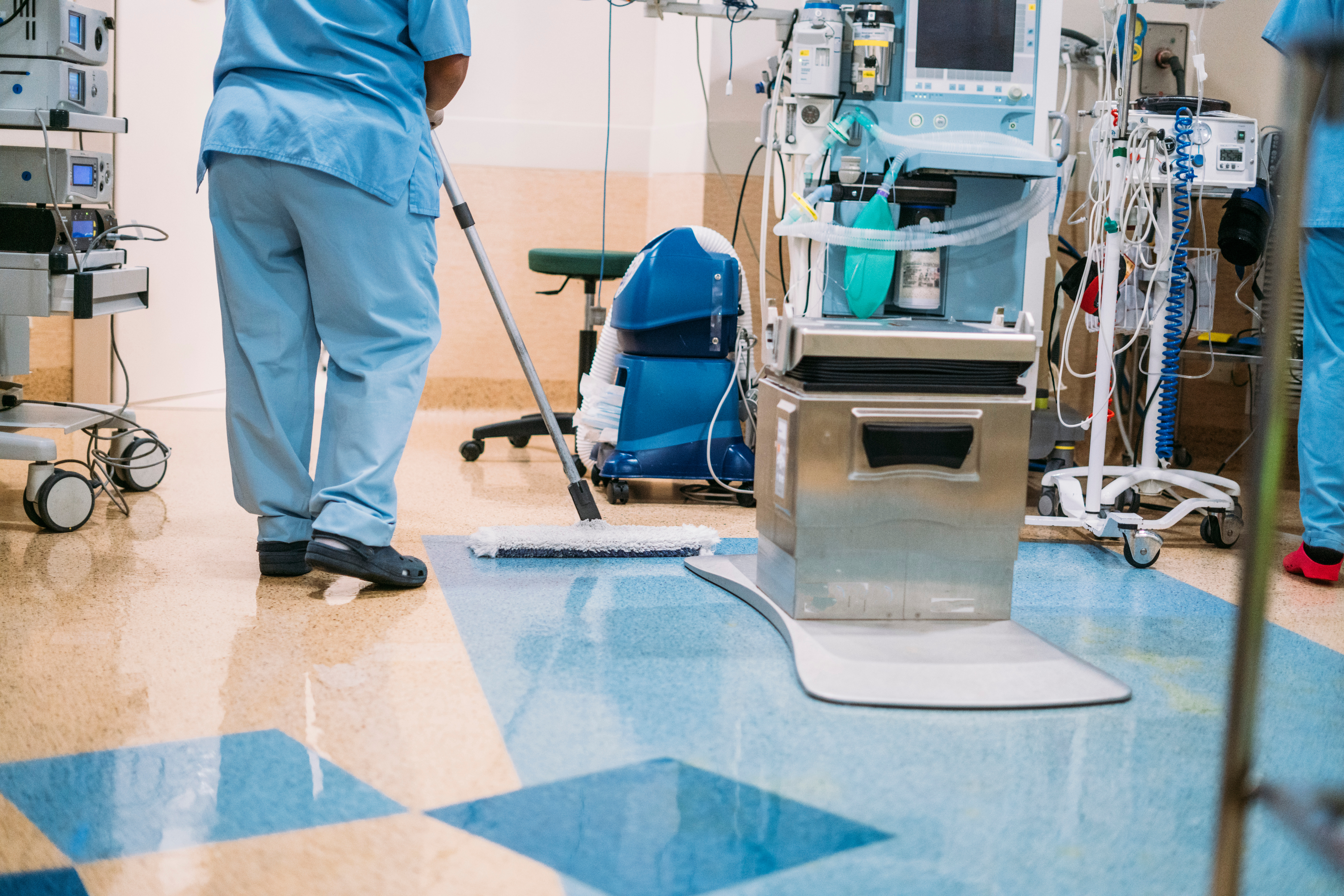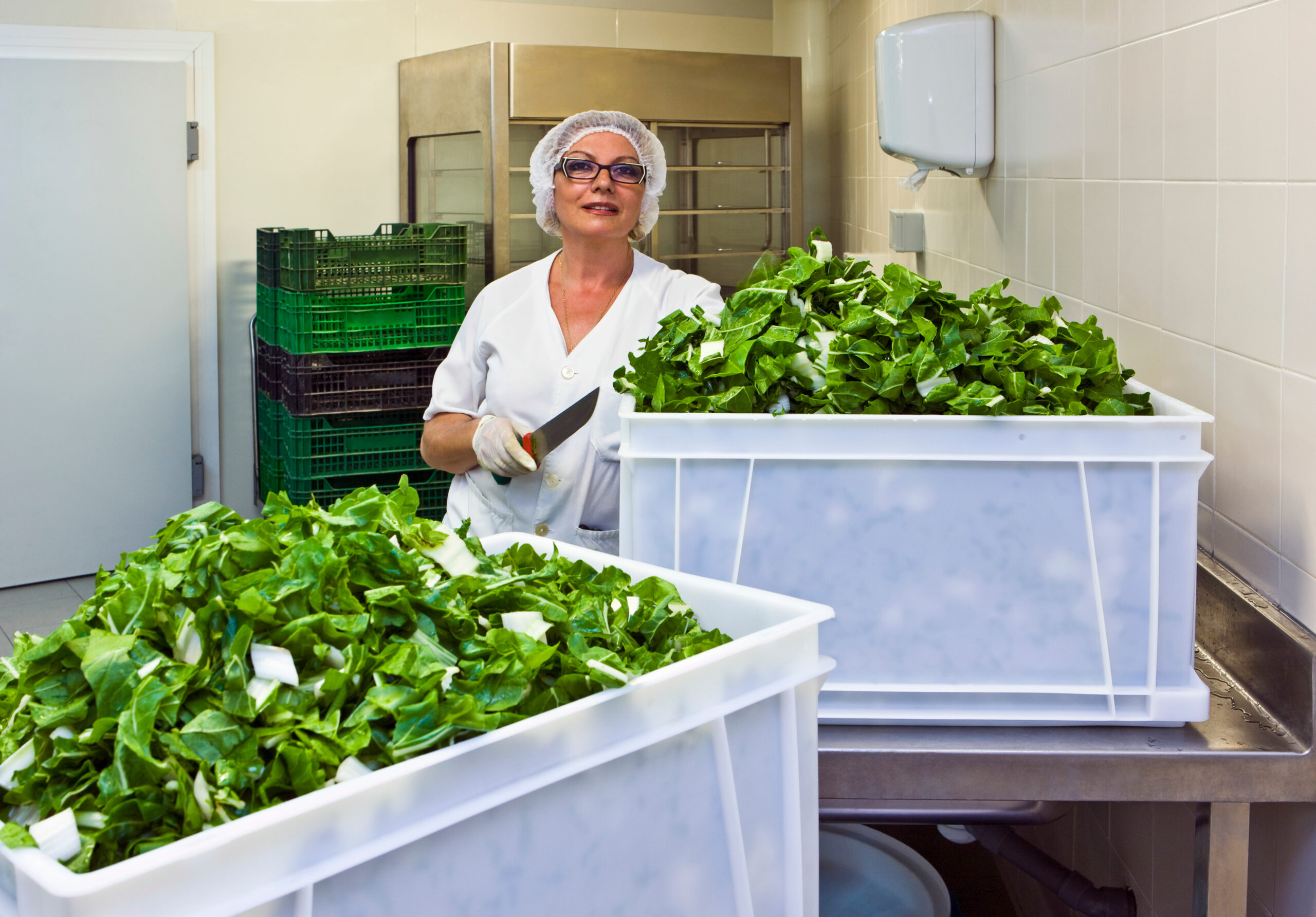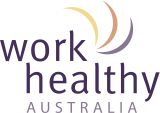
Urgency and patient care often come first, but without frontline injury prevention, musculoskeletal strain and injuries can accumulate, leading to lost time, fatigue, and avoidable WorkCover claims.
The phrase “take care of yourself before you take care of others” is well known, yet in healthcare settings – particularly hospitals – it is rarely applied in practice. Clinicians and support staff often prioritise patient care over their own health, which can result in physical fatigue, untreated injuries, and eventual burnout.
However, sustained performance in a care-based profession depends on the wellbeing of the workforce. When healthcare workers neglect their own needs, it compromises not only their ability to recover from injury, but also their capacity to deliver safe, high-quality care.
Supporting staff to prioritise their own health and wellbeing is not a luxury – it’s a clinical and operational imperative.
You’re continuously on your feet, you’re going non-stop. It’s a very physical job, so you constantly need to be aware, you know – you’re moving patients, you’re around a lot of patients and it [the Emergency Department] can be quite a volatile area to work. People are at their most vulnerable and often react and respond to what you are doing rapidly. So injuries can occur.
Associate Nurse and Unit Manager in the Emergency Department
Yeah, a lot of lifting equipment, a lot of slide sheets, rolling, pressure area care, you’ve got your continence change – things can happen – they can push back on you and that’s when you get your sprains and strains. And you’ve also gotta look at repetitive strains, sprains, which over the years, we do wear down.
Nurse, Rehabilitation Department

One large health service in Victoria, with a workforce of over 3,000 across hospital, aged care and community health sites, faced this challenge head-on. With high employee injury rates and rising WorkCover premiums, they recognised the need for a more effective, embedded model of support.
Their partnership with Work Healthy Australia delivered a proactive and sustainable approach to injury prevention – anchored by onsite early intervention, targeted task analysis, and a strategic use of existing funding streams.
Making early care accessible with onsite intervention
Injury prevention initiatives are often reactive or under-utilised due to accessibility barriers. This is especially true in healthcare, where shift work, staff shortages and duty of care pressures leave little room for appointments offsite. By embedding a Work Healthy Australia clinician into the workplace, employees had direct access to early treatment and injury triage.
The clinician quickly became a familiar presence – someone trusted to assist with both work-related and non-work-related concerns. Staff were more likely to speak up early, access care, and recover in a timely manner, avoiding lengthy claims and absences.
“It was brilliant, I was able to just walk from work, onto the premises and didn’t have to try and move my car, come back and try and get another carpark, try and fit in to get an appointment,” said one patient, who is the Associate Nurse and Unit Manager in the Emergency Department.
“And to be truly honest, if I hadn’t come here, I wouldn’t have known what I needed to go and seek help for, which I think not only myself but a lot of nurses don’t go and seek help or treatment because they go ‘I don’t really know what I’m meant to do. I’ve had this the whole way along, who would look after me?’”
Identifying hidden risks with task analysis
Beyond treatment, the program also included structured task analysis. By observing high-risk roles – particularly in support services such as kitchen and cleaning – Work Healthy Australia identified specific tasks that contributed to physical strain. These included repetitive lifting, awkward postures, and unnecessary force application during daily duties.
Findings from the task analysis informed practical modifications and preventative strategies. In some cases, it meant introducing new equipment or work routines. In others, it was about educating staff and supervisors on safer techniques or rotating tasks to minimise overuse injuries.
“We’re able to track trends with ages, locations, years of service, the male to female ratio, clinical and non-clinical areas. We’re actually able to track it down to where our highest risks are,” said the Health, Safety & Wellbeing Advisor.
“And the data has highlighted a few departments that we didn’t expect to be such a focus, such as our kitchen, hotel services, supply. There’s been a really big turnaround in regards to how they feel their employer values them, and how we look after them.”

Working smarter with existing funding
Critically, the program did not require additional funding or a new line item in the safety budget. The health service reallocated unspent components of its existing wellbeing and injury management budgets, including risk management funding from their insurer, to cover the cost of onsite care. They also consolidated existing service provision – shifting funds to a program with wider scope.
This strategic reallocation proved highly effective. By the end of the 30-week pilot period, the service had treated 124 employees onsite, 88 of whom were treated for significant musculoskeletal cases (cases that carry a higher probability of going to claim, and also incur higher premiums and have an impact on lost time costs). Of these, 59% presented with non-work-related injuries, and 41% with work-related concerns. The conditions treated included unspecified musculoskeletal and connective tissue diseases, carpal tunnel, osteoarthritis, and tendonitis, to name a few. Without the program, an estimated 20% of these cases would likely have escalated to claims within 12–18 months.
“We’re able to track trends with ages, locations, years of service, the male to female ratio, clinical and non-clinical areas. We’re actually able to track it down to where our highest risks are,” said the Health, Safety & Wellbeing Advisor.
“And the data has highlighted a few departments that we didn’t expect to be such a focus, such as our kitchen, hotel services, supply. There’s been a really big turnaround in regards to how they feel their employer values them, and how we look after them.”

Strong results and cultural change
The initial pilot program delivered a 5:1 return on investment, factoring in claims reduction, reduced absenteeism, and lower agency backfill costs. Just as importantly, the intervention helped shift the organisation’s safety culture – from reactive and fragmented to proactive and coordinated.
Supervisors and managers were better equipped to support injured workers. Staff felt safer and more supported. And the visibility of the onsite provider encouraged earlier conversations around health and recovery.
“Yeah, improved safety culture, improved premiums, improvement in general wellbeing of staff. Reduced absenteeism, reduction of risk to the organisation, I can go on. It took a bit of work, but once it took off, it hasn’t stopped,” said the Health, Safety & Wellbeing Manager.
I think a lot of people, with staff shortages and having to be here would not be able to go and source an appointment to start off with – but to not have to leave, and to be able to facilitate it in your own environment, yeah, just makes it 10 times easier.
Associate Nurse and Unit Manager in the Emergency Department
It is just a little token of care, and it means a lot – to know that someone is there if you have any problems. Someone is there to look after you, and I think this must be here in this hospital, it must be everywhere: we are the workers that are giving their heart and soul.
Cook
If you are happy in your work and you feel like you are supported in your work, and your employer is doing a good thing for you, then you do better at your job.
Nursing Resource Officer
Looking ahead
This case highlights the business case for embedding injury prevention within the fabric of daily operations. Onsite care, when combined with data-driven task analysis and pragmatic funding decisions, has the potential to transform safety outcomes – particularly in high-risk, high-pressure sectors such as healthcare.
For organisations navigating tight budgets and rising injury costs, this model offers a practical, evidence-based solution.
Sign up to our monthly enewsletter
"*" indicates required fields
